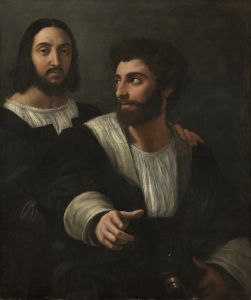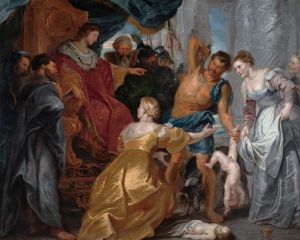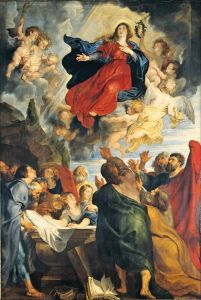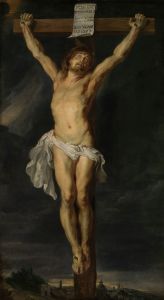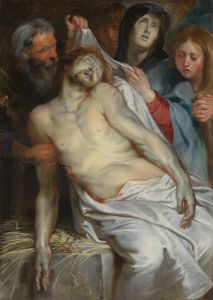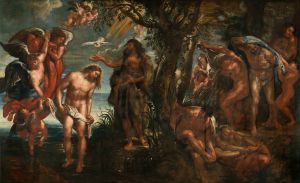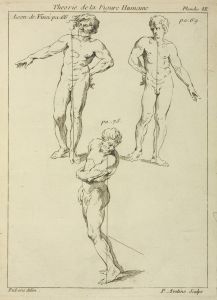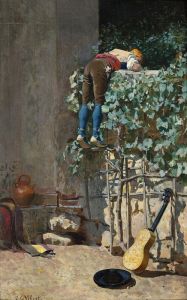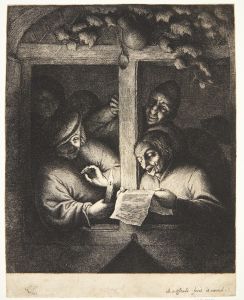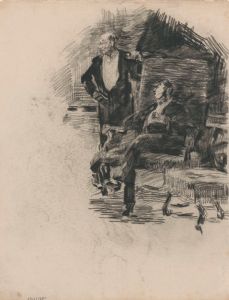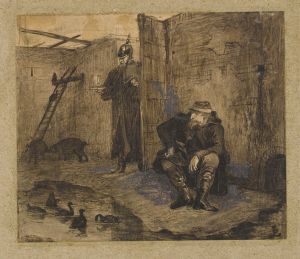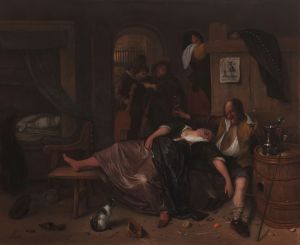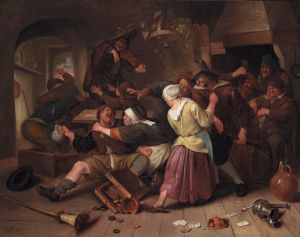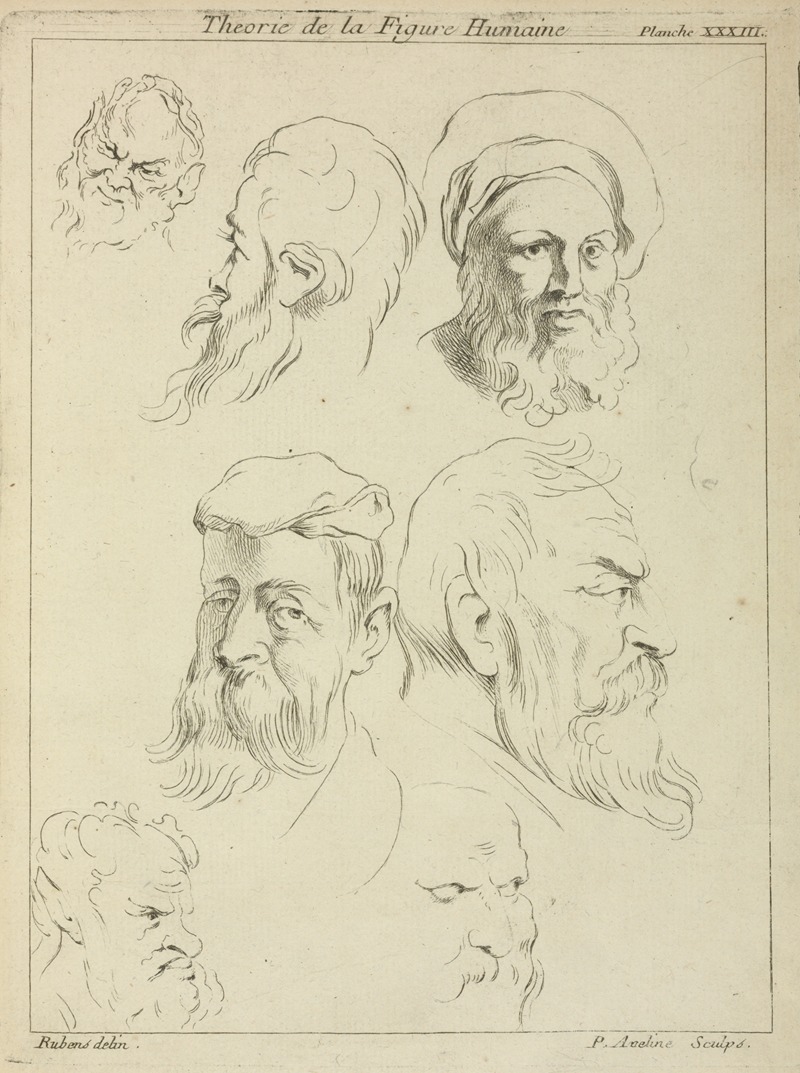
Seven male heads, all with beards, two wearing caps
A hand-painted replica of Peter Paul Rubens’s masterpiece Seven male heads, all with beards, two wearing caps, meticulously crafted by professional artists to capture the true essence of the original. Each piece is created with museum-quality canvas and rare mineral pigments, carefully painted by experienced artists with delicate brushstrokes and rich, layered colors to perfectly recreate the texture of the original artwork. Unlike machine-printed reproductions, this hand-painted version brings the painting to life, infused with the artist’s emotions and skill in every stroke. Whether for personal collection or home decoration, it instantly elevates the artistic atmosphere of any space.
Peter Paul Rubens, a prominent Flemish artist of the Baroque era, is renowned for his dynamic compositions, vibrant color palette, and masterful depiction of human figures. Among his extensive oeuvre, the drawing titled "Seven Male Heads, All with Beards, Two Wearing Caps" stands out as an intriguing study of character and expression.
This work is a testament to Rubens' skill in capturing the subtleties of human emotion and the diversity of facial features. The drawing, executed with precision and attention to detail, showcases seven distinct male heads, each adorned with a beard, and two of them wearing caps. The variety in the depiction of these heads suggests that Rubens was exploring different expressions and character types, possibly as preparatory studies for larger compositions or as an exercise in understanding human physiognomy.
Rubens often employed such studies to refine his understanding of anatomy and to experiment with different facial expressions and features. This practice was common among artists of his time, who would create numerous sketches and studies before embarking on a major painting. The drawing reflects Rubens' deep interest in the human form and his ability to convey a wide range of emotions through subtle variations in facial features.
The use of beards and caps in the drawing may indicate an exploration of different social or cultural types, as these elements were often used to signify particular roles or statuses in society. The presence of caps on two of the figures adds an additional layer of character differentiation, suggesting that Rubens was attentive to the details that contribute to individual identity.
Rubens' drawings are highly valued for their insight into his creative process and his approach to composition and character development. They reveal his methodical approach to art-making, where he would meticulously plan and experiment with different elements before finalizing a composition. This particular drawing is a fine example of his ability to capture the essence of his subjects with minimal lines and shading, demonstrating his mastery of the medium.
The drawing is also indicative of Rubens' broader artistic interests, which included a fascination with classical antiquity and the humanist ideals of the Renaissance. His work often reflects a synthesis of these influences, combining the dynamism and drama of the Baroque with the intellectual rigor of the Renaissance.
While specific details about the provenance or current location of "Seven Male Heads, All with Beards, Two Wearing Caps" may not be widely documented, the drawing remains an important piece for understanding Rubens' artistic development and his contributions to the Baroque movement. It exemplifies his ability to convey complex human emotions and his dedication to exploring the intricacies of human expression.
In summary, "Seven Male Heads, All with Beards, Two Wearing Caps" by Peter Paul Rubens is a compelling study that highlights the artist's skill in rendering human features and expressions. It serves as a valuable insight into Rubens' artistic process and his enduring fascination with the human form.





